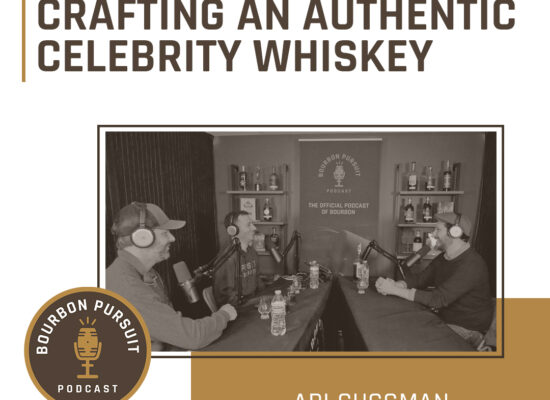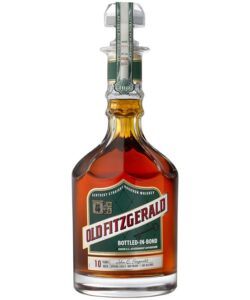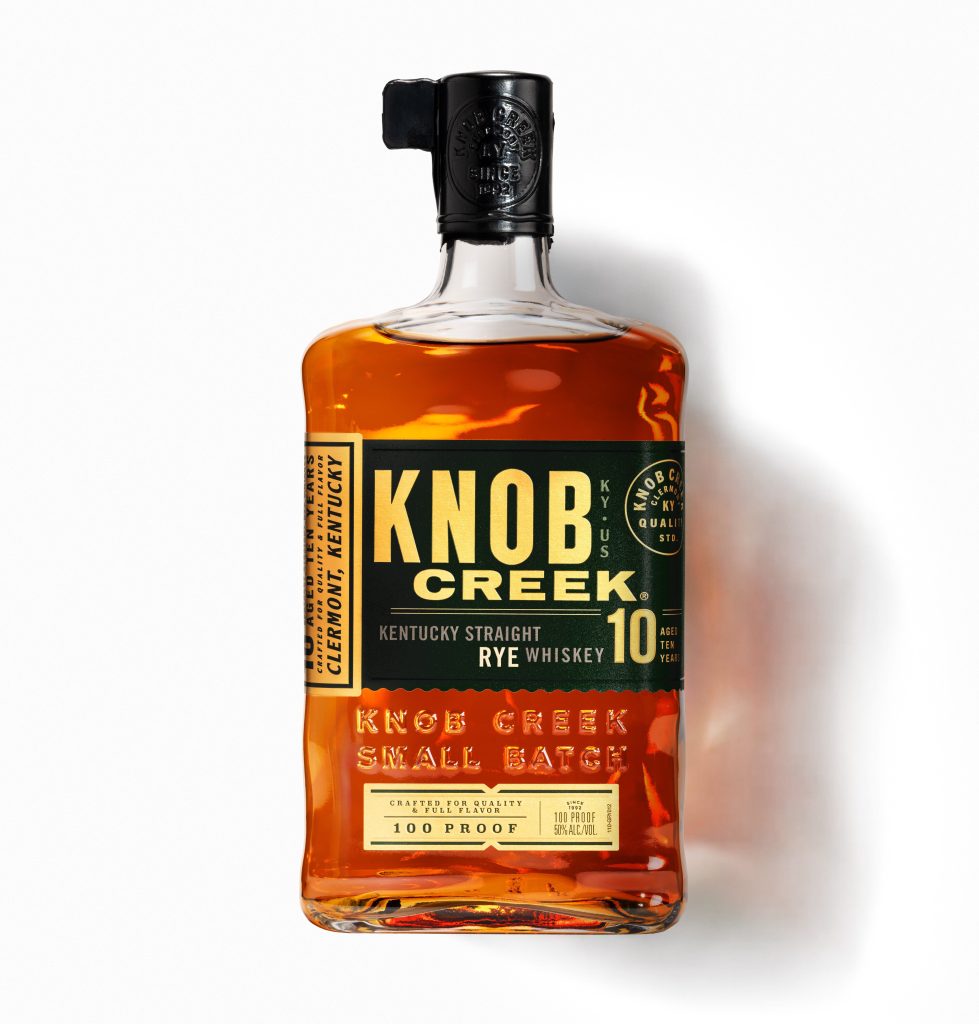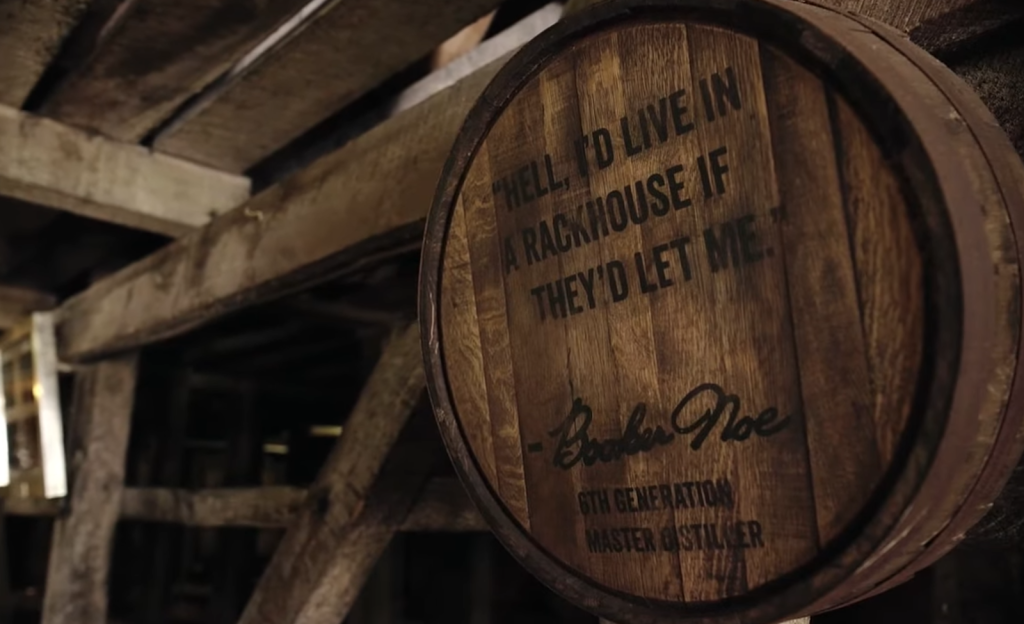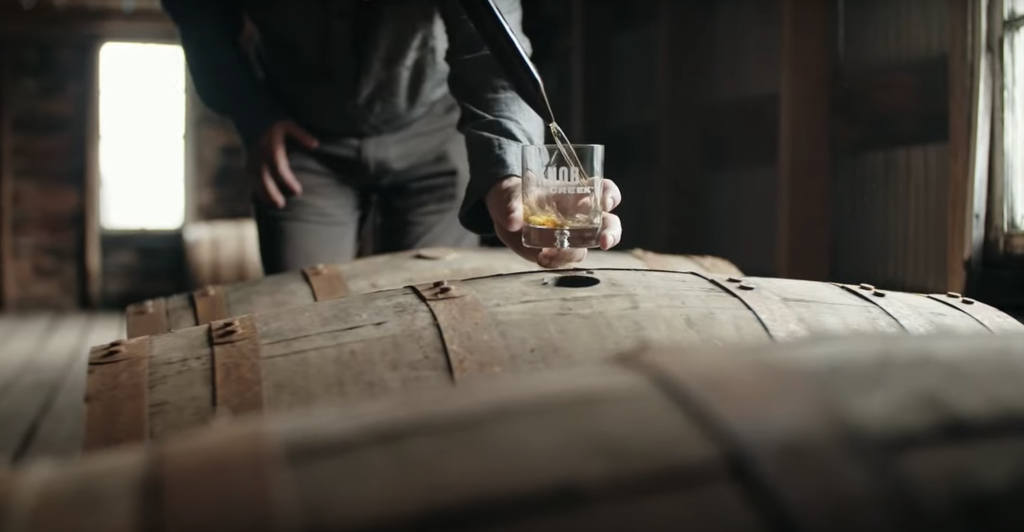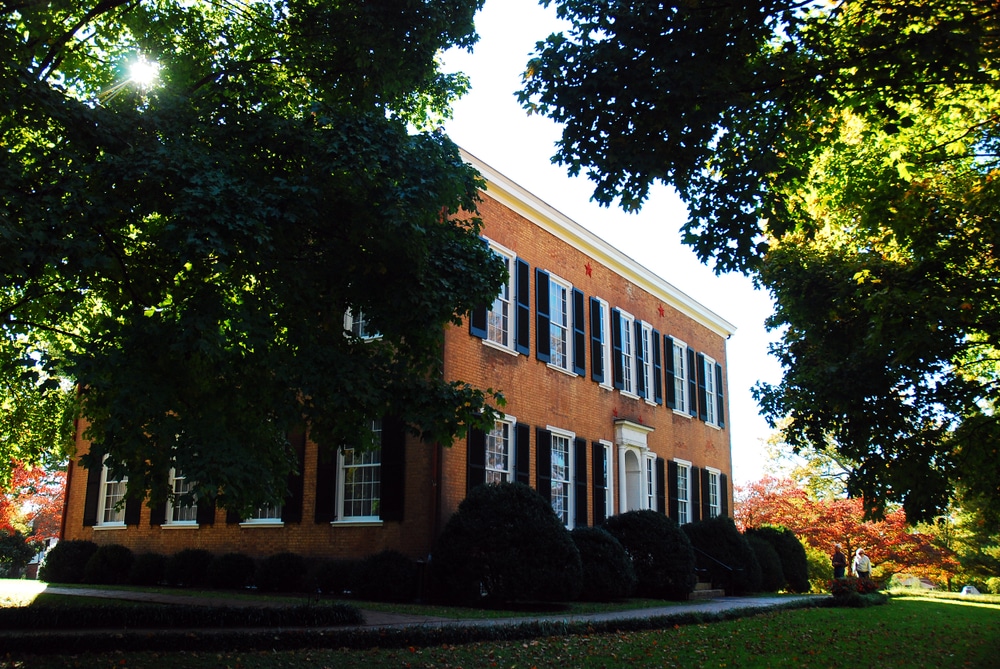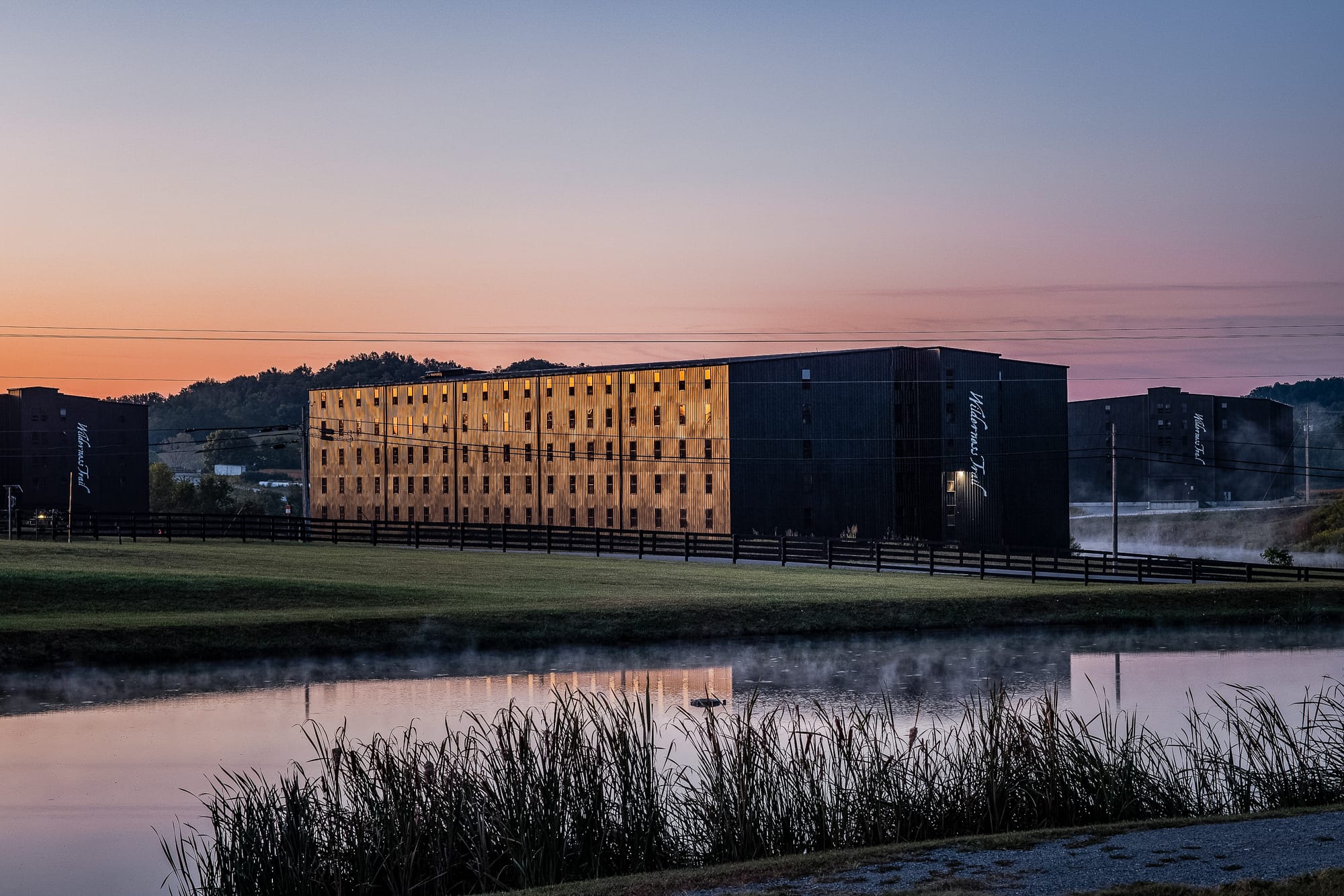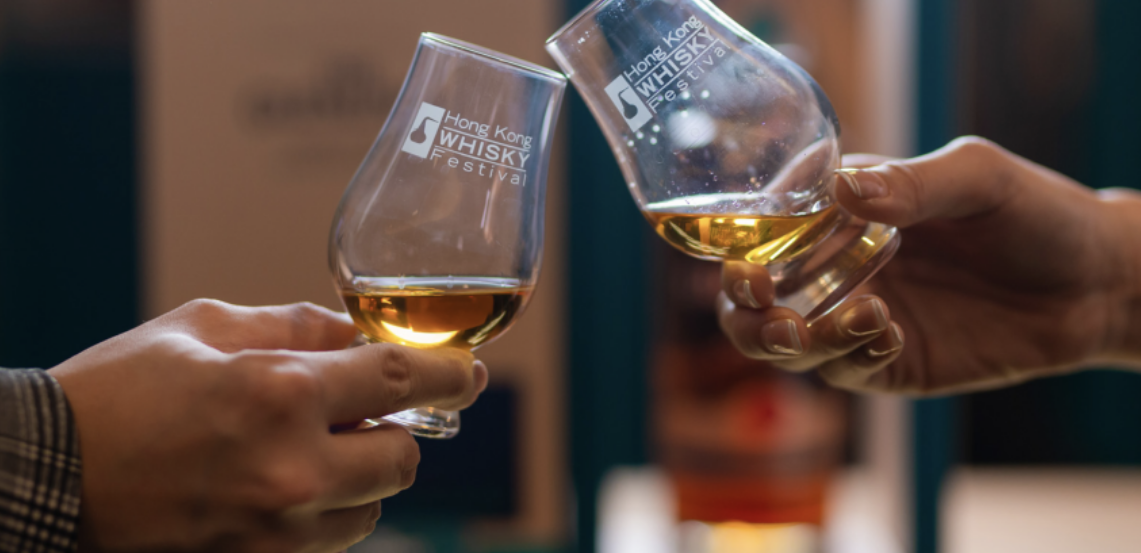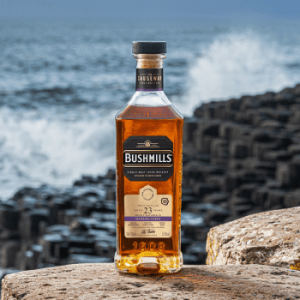 |
| John Daum |
John Daum, immigrant, Civil War veteran, father of seven, and prosperous businessman of Leavenworth, Kansas, in 1881 faced a stark dilemma. Swayed by prohibitionist zealots like the hatchet-swinging Carrie “Carry” Nation, Kansas voters by 92,302 to 84,304 had prohibited all manufacture and sale of alcoholic beverages. As a liquor dealer, Daum, shown here, was facing the devastating loss of his livelihood. What he did next took him into uncharted territory — and the Supreme Court of Kansas.
Daum’s story began in April 1840 with his birth in Hesse-Darmstadt. His father was a blacksmith who taught him the trade. In 1858 at age 19 the youth opted to emigrate to the United States and chose Saint Louis, a city with a large German population, as his destination. There he found work as a hand in the engine rooms of steamboats that plied the rivers of mid-America. In 1860, his ship docked for the winter on the Mississippi at Leavenworth, giving Daum considerable time to explore the city.
Founded in 1854 as the first community incorporated in the Kansas Territory, Leavenworth, shown above, and its adjunct military installation, Fort Leavenworth, became animportant stop for thousands of pioneer wagons heading west to the Santa Fe and Oregon Trails. The city bustled with activity providing supplies to the travelers. Baum liked the place and vowed to come back.
 With the onset of the Civil War, however, Baum returned to St. Louis where he joined Union Army as a member of the First Missouri Light Artillery. Each company served as an individual battery, often separated from the other batteries in the regiment, making it difficult to know exactly in which battles Baum was engaged. He is said to have fought at the Battle of Shiloh, shown here, and at sites in Kentucky and Tennessee. Because the First Missouri was located behind the front lines, casualties were light — only one enlisted man and no officers killed at Shiloh. Baum apparently emerged from the war unscathed. Honorably discharged in 1864 he headed to Leavenworth.
With the onset of the Civil War, however, Baum returned to St. Louis where he joined Union Army as a member of the First Missouri Light Artillery. Each company served as an individual battery, often separated from the other batteries in the regiment, making it difficult to know exactly in which battles Baum was engaged. He is said to have fought at the Battle of Shiloh, shown here, and at sites in Kentucky and Tennessee. Because the First Missouri was located behind the front lines, casualties were light — only one enlisted man and no officers killed at Shiloh. Baum apparently emerged from the war unscathed. Honorably discharged in 1864 he headed to Leavenworth.
Baum’s first recorded employment there was with Carney & Fenlon, grocers who were specialists in stocking pioneer wagons, including supplying them with whiskey. Thomas Carney was a former governor of Kansas and several times elected mayor of Leavenworth. With partner Edward Fenlon, he had built one of the largest wholesale grocery houses in the Midlands, operating a four story building and cellar crammed with goods in downtown Leavenworth and a large warehouse adjacent to both the Mississippi River and the railroad. Company sales extended to Colorado, Nebraska, Wyoming, Utah, Montana and New Mexico. The partners saw something special in Union veteran Baum and raised him to stock manager.
Baum seemingly was drawn to the whiskey trade, however, and by 1866 had moved to employment as a clerk with A. McDonald & Company, a Leavenworth liquor store. From that position, about 1872 he moved to a partnership with a local named John Hannon to open a wholesale liquor house located at 113 North Fifth Street. The partners called it Hannon & Baum.
During this post-war period Baum was living the bachelor life, residing at Leavenworth’s Pennsylvania House hotel. That was to change drastically about 1867 when he suddenly decamped to New York City to wed a woman named Mary German. My guess is that their marriage occurred shortly after Mary arrived by ship in the U.S. from Germany. Both about 27 years old, the couple may well have been childhood sweethearts.
 Returning to Leavenworth, Baum and Mary would have two children, William born in 1868 and Otto, 1871. In fragile health Mary died in 1875, only 35 years old, leaving John to care for youngsters seven and four years old. The following year, likely seeking a mother for his children, Baum married a second time. She was 26, a local Leavenworth woman named Sophia Marie Endebrock, shown here. Over the next nine years the couple would add four more sons and a daughter to the Baum household.
Returning to Leavenworth, Baum and Mary would have two children, William born in 1868 and Otto, 1871. In fragile health Mary died in 1875, only 35 years old, leaving John to care for youngsters seven and four years old. The following year, likely seeking a mother for his children, Baum married a second time. She was 26, a local Leavenworth woman named Sophia Marie Endebrock, shown here. Over the next nine years the couple would add four more sons and a daughter to the Baum household.
 Meanwhile, like a dark cloud on the horizon, Carrie Amelia Nation, aka “Cyclone Carry,” who became internationally famous as an American prohibitionist, moved to Kansas. Although the state constitution prohibited alcohol sales, in many Kansas towns the law was ignored. Saloons and liquor stores operated openly. “Mrs. Nation launched a one-woman campaign against alcoholic spirits carrying a hatchet and a Bible. She prayed for fallen souls and left hatchet marks on bars.”
Meanwhile, like a dark cloud on the horizon, Carrie Amelia Nation, aka “Cyclone Carry,” who became internationally famous as an American prohibitionist, moved to Kansas. Although the state constitution prohibited alcohol sales, in many Kansas towns the law was ignored. Saloons and liquor stores operated openly. “Mrs. Nation launched a one-woman campaign against alcoholic spirits carrying a hatchet and a Bible. She prayed for fallen souls and left hatchet marks on bars.”
After demolishing a hotel bar in Wichita and destroying its liquor, Carrie roved Kansas smashing saloons and frequently being arrested. Her visit to Leavenworth in 1901 was reasonably benign. Leaving her hatchet behind, Carrie was given a police escort that kept close watch as she visited several sites, staying at the National Hotel. As related by a city guidebook: “…After being shown to her room. , the saloon on the first floor was opened and did a brisk business, largely because of the many people who had turned out to see Cyclone Carry, as she was called by the newspapers.” A postcard, showing the hotel, commemorated her visit to Leavenworth.


 Although Carrie Nation’s trip to Leavenworth was uneventful, her prohibitionist activities were spurring state and local officials to enforce laws banning alcohol. Baum faced an immediate deadline for shutting down his liquor business. He did not hesitate to act. The answer lay in a bridge over the Mississippi River to a location in Missouri called “Stillings.” Not really a town, Stillings was a largely unpopulated geographical expression with a post office. With several other Leavenworth liquor dealers, Baum moved his operation and supplies a few miles east to Stillings.
Although Carrie Nation’s trip to Leavenworth was uneventful, her prohibitionist activities were spurring state and local officials to enforce laws banning alcohol. Baum faced an immediate deadline for shutting down his liquor business. He did not hesitate to act. The answer lay in a bridge over the Mississippi River to a location in Missouri called “Stillings.” Not really a town, Stillings was a largely unpopulated geographical expression with a post office. With several other Leavenworth liquor dealers, Baum moved his operation and supplies a few miles east to Stillings.


While continuing to live in Leavenworth and advertise in its newspapers, Baum was able to conduct his liquor business unimpeded in reliably “wet” Missouri. Kansas residents had only to pick up the phone, dial 410, place an order, and within hours bottles or jugs of liquor would be delivered across state lines to their door. U.S. courts generally had established that the Interstate Commerce Act (ICA) required unimpeded state-to-state trade, in effect undermining local and even state “dry” laws. Shown above and below are Baum jugs in several sizes marked with a Stillings logo.


 Soon the forces of “dry” attempted to end the flow of alcohol from Stillings. State authorities took Baum and four other liquor dealers to court, claiming violations of law. After a lower Kansas court found for the defendants, the state’s attorney general and the Leavenworth county attorney appealed to the Supreme Court of Kansas. The case was heard during July 1911. The prosecution argued that the Stillings origin of liquor was a “subterfuge” and that “certain wagons…with horses or mules hitched thereto and drivers thereon” were bringing liquor illicitly into Leavenworth. This was not interstate commerce, the state contended, but “…Purely and simply…devices, shifts and subterfuges to avoid and violate the said prohibitory laws of said state of Kansas.”
Soon the forces of “dry” attempted to end the flow of alcohol from Stillings. State authorities took Baum and four other liquor dealers to court, claiming violations of law. After a lower Kansas court found for the defendants, the state’s attorney general and the Leavenworth county attorney appealed to the Supreme Court of Kansas. The case was heard during July 1911. The prosecution argued that the Stillings origin of liquor was a “subterfuge” and that “certain wagons…with horses or mules hitched thereto and drivers thereon” were bringing liquor illicitly into Leavenworth. This was not interstate commerce, the state contended, but “…Purely and simply…devices, shifts and subterfuges to avoid and violate the said prohibitory laws of said state of Kansas.”
The Kansas Supreme Court disagreed. The “whiskey express” over the Mississippi River was protected by the ICA. The liquor traffic from Stillings continued. Two years later, however, the Webb-Kenyon Act adopted by Congress exempted liquor from its provisions. During the next four years, as the legislation was challenged in the courts, Baum could continue serving his customers. Upheld by the U.S. Supreme Court in January 1917, Webb-Kenyon, still on the books today, effectively ended the Stillings safe haven for Baum and the others.
 Baum’s gambit apparently had minimal effect on his standing in Leavenworth where he was hailed as an early resident who “figured prominently in the expansion and growth of the city.” Among his achievements was as a founding member and officer of the local GAR, an organization of Union Civil War veterans; an organizer and trustee of the Leavenworth Turnverein, a German athletic club, and a principle donor to building Turner Hall, below. Baum also was reported to have “amassed considerable wealth and property.”
Baum’s gambit apparently had minimal effect on his standing in Leavenworth where he was hailed as an early resident who “figured prominently in the expansion and growth of the city.” Among his achievements was as a founding member and officer of the local GAR, an organization of Union Civil War veterans; an organizer and trustee of the Leavenworth Turnverein, a German athletic club, and a principle donor to building Turner Hall, below. Baum also was reported to have “amassed considerable wealth and property.”

Baum took a particular interest in Leavenworth’s Greenwood Cemetery where he was buried following his death in 1935. In his later years he kept the wooden gate to the cemetery locked as he reportedly “lovingly” cared for the burying grounds where rested his first wife, Mary, and other kinfolk. Said to have feared that when he died “the property would spiral into ruin,” Baum proved to be prescient. Greenwood, among the first cemeteries in Kansas, was allowed to languish until 2022 when it was named to the roster of National Historical Places. Currently steps are being taken to restore the burying ground as a Leavenworth landmark.

A final word about Carrie Nation who returned to Leavenworth for a second time only in 1911. Her saloon smashing days were over. She was brought to a hospital in the city by a nephew and, very ill, died there five months later. Ironically, Carrie, the prohibition zealot, subsequently was buried in reliably “wet” Missouri, while Baum, the liquor dealer, is buried in Kansas where “dry” restrictions today continue to be among the most stringent in America.
Note: A number of resources were used in telling John Baum’s story. The two most significant were his biographies in the March 1886 Leavenworth Times newspaper and a National Park Service document on Greenwood Cemetery.
 |
| John Daum |
John Daum, immigrant, Civil War veteran, father of seven, and prosperous businessman of Leavenworth, Kansas, in 1881 faced a stark dilemma. Swayed by prohibitionist zealots like the hatchet-swinging Carrie “Carry” Nation, Kansas voters by 92,302 to 84,304 had prohibited all manufacture and sale of alcoholic beverages. As a liquor dealer, Daum, shown here, was facing the devastating loss of his livelihood. What he did next took him into uncharted territory — and the Supreme Court of Kansas.
Daum’s story began in April 1840 with his birth in Hesse-Darmstadt. His father was a blacksmith who taught him the trade. In 1858 at age 19 the youth opted to emigrate to the United States and chose Saint Louis, a city with a large German population, as his destination. There he found work as a hand in the engine rooms of steamboats that plied the rivers of mid-America. In 1860, his ship docked for the winter on the Mississippi at Leavenworth, giving Daum considerable time to explore the city.
Founded in 1854 as the first community incorporated in the Kansas Territory, Leavenworth, shown above, and its adjunct military installation, Fort Leavenworth, became animportant stop for thousands of pioneer wagons heading west to the Santa Fe and Oregon Trails. The city bustled with activity providing supplies to the travelers. Baum liked the place and vowed to come back.
 With the onset of the Civil War, however, Baum returned to St. Louis where he joined Union Army as a member of the First Missouri Light Artillery. Each company served as an individual battery, often separated from the other batteries in the regiment, making it difficult to know exactly in which battles Baum was engaged. He is said to have fought at the Battle of Shiloh, shown here, and at sites in Kentucky and Tennessee. Because the First Missouri was located behind the front lines, casualties were light — only one enlisted man and no officers killed at Shiloh. Baum apparently emerged from the war unscathed. Honorably discharged in 1864 he headed to Leavenworth.
With the onset of the Civil War, however, Baum returned to St. Louis where he joined Union Army as a member of the First Missouri Light Artillery. Each company served as an individual battery, often separated from the other batteries in the regiment, making it difficult to know exactly in which battles Baum was engaged. He is said to have fought at the Battle of Shiloh, shown here, and at sites in Kentucky and Tennessee. Because the First Missouri was located behind the front lines, casualties were light — only one enlisted man and no officers killed at Shiloh. Baum apparently emerged from the war unscathed. Honorably discharged in 1864 he headed to Leavenworth.
Baum’s first recorded employment there was with Carney & Fenlon, grocers who were specialists in stocking pioneer wagons, including supplying them with whiskey. Thomas Carney was a former governor of Kansas and several times elected mayor of Leavenworth. With partner Edward Fenlon, he had built one of the largest wholesale grocery houses in the Midlands, operating a four story building and cellar crammed with goods in downtown Leavenworth and a large warehouse adjacent to both the Mississippi River and the railroad. Company sales extended to Colorado, Nebraska, Wyoming, Utah, Montana and New Mexico. The partners saw something special in Union veteran Baum and raised him to stock manager.
Baum seemingly was drawn to the whiskey trade, however, and by 1866 had moved to employment as a clerk with A. McDonald & Company, a Leavenworth liquor store. From that position, about 1872 he moved to a partnership with a local named John Hannon to open a wholesale liquor house located at 113 North Fifth Street. The partners called it Hannon & Baum.
During this post-war period Baum was living the bachelor life, residing at Leavenworth’s Pennsylvania House hotel. That was to change drastically about 1867 when he suddenly decamped to New York City to wed a woman named Mary German. My guess is that their marriage occurred shortly after Mary arrived by ship in the U.S. from Germany. Both about 27 years old, the couple may well have been childhood sweethearts.
 Returning to Leavenworth, Baum and Mary would have two children, William born in 1868 and Otto, 1871. In fragile health Mary died in 1875, only 35 years old, leaving John to care for youngsters seven and four years old. The following year, likely seeking a mother for his children, Baum married a second time. She was 26, a local Leavenworth woman named Sophia Marie Endebrock, shown here. Over the next nine years the couple would add four more sons and a daughter to the Baum household.
Returning to Leavenworth, Baum and Mary would have two children, William born in 1868 and Otto, 1871. In fragile health Mary died in 1875, only 35 years old, leaving John to care for youngsters seven and four years old. The following year, likely seeking a mother for his children, Baum married a second time. She was 26, a local Leavenworth woman named Sophia Marie Endebrock, shown here. Over the next nine years the couple would add four more sons and a daughter to the Baum household.
 Meanwhile, like a dark cloud on the horizon, Carrie Amelia Nation, aka “Cyclone Carry,” who became internationally famous as an American prohibitionist, moved to Kansas. Although the state constitution prohibited alcohol sales, in many Kansas towns the law was ignored. Saloons and liquor stores operated openly. “Mrs. Nation launched a one-woman campaign against alcoholic spirits carrying a hatchet and a Bible. She prayed for fallen souls and left hatchet marks on bars.”
Meanwhile, like a dark cloud on the horizon, Carrie Amelia Nation, aka “Cyclone Carry,” who became internationally famous as an American prohibitionist, moved to Kansas. Although the state constitution prohibited alcohol sales, in many Kansas towns the law was ignored. Saloons and liquor stores operated openly. “Mrs. Nation launched a one-woman campaign against alcoholic spirits carrying a hatchet and a Bible. She prayed for fallen souls and left hatchet marks on bars.”
After demolishing a hotel bar in Wichita and destroying its liquor, Carrie roved Kansas smashing saloons and frequently being arrested. Her visit to Leavenworth in 1901 was reasonably benign. Leaving her hatchet behind, Carrie was given a police escort that kept close watch as she visited several sites, staying at the National Hotel. As related by a city guidebook: “…After being shown to her room. , the saloon on the first floor was opened and did a brisk business, largely because of the many people who had turned out to see Cyclone Carry, as she was called by the newspapers.” A postcard, showing the hotel, commemorated her visit to Leavenworth.


 Although Carrie Nation’s trip to Leavenworth was uneventful, her prohibitionist activities were spurring state and local officials to enforce laws banning alcohol. Baum faced an immediate deadline for shutting down his liquor business. He did not hesitate to act. The answer lay in a bridge over the Mississippi River to a location in Missouri called “Stillings.” Not really a town, Stillings was a largely unpopulated geographical expression with a post office. With several other Leavenworth liquor dealers, Baum moved his operation and supplies a few miles east to Stillings.
Although Carrie Nation’s trip to Leavenworth was uneventful, her prohibitionist activities were spurring state and local officials to enforce laws banning alcohol. Baum faced an immediate deadline for shutting down his liquor business. He did not hesitate to act. The answer lay in a bridge over the Mississippi River to a location in Missouri called “Stillings.” Not really a town, Stillings was a largely unpopulated geographical expression with a post office. With several other Leavenworth liquor dealers, Baum moved his operation and supplies a few miles east to Stillings.


While continuing to live in Leavenworth and advertise in its newspapers, Baum was able to conduct his liquor business unimpeded in reliably “wet” Missouri. Kansas residents had only to pick up the phone, dial 410, place an order, and within hours bottles or jugs of liquor would be delivered across state lines to their door. U.S. courts generally had established that the Interstate Commerce Act (ICA) required unimpeded state-to-state trade, in effect undermining local and even state “dry” laws. Shown above and below are Baum jugs in several sizes marked with a Stillings logo.


 Soon the forces of “dry” attempted to end the flow of alcohol from Stillings. State authorities took Baum and four other liquor dealers to court, claiming violations of law. After a lower Kansas court found for the defendants, the state’s attorney general and the Leavenworth county attorney appealed to the Supreme Court of Kansas. The case was heard during July 1911. The prosecution argued that the Stillings origin of liquor was a “subterfuge” and that “certain wagons…with horses or mules hitched thereto and drivers thereon” were bringing liquor illicitly into Leavenworth. This was not interstate commerce, the state contended, but “…Purely and simply…devices, shifts and subterfuges to avoid and violate the said prohibitory laws of said state of Kansas.”
Soon the forces of “dry” attempted to end the flow of alcohol from Stillings. State authorities took Baum and four other liquor dealers to court, claiming violations of law. After a lower Kansas court found for the defendants, the state’s attorney general and the Leavenworth county attorney appealed to the Supreme Court of Kansas. The case was heard during July 1911. The prosecution argued that the Stillings origin of liquor was a “subterfuge” and that “certain wagons…with horses or mules hitched thereto and drivers thereon” were bringing liquor illicitly into Leavenworth. This was not interstate commerce, the state contended, but “…Purely and simply…devices, shifts and subterfuges to avoid and violate the said prohibitory laws of said state of Kansas.”
The Kansas Supreme Court disagreed. The “whiskey express” over the Mississippi River was protected by the ICA. The liquor traffic from Stillings continued. Two years later, however, the Webb-Kenyon Act adopted by Congress exempted liquor from its provisions. During the next four years, as the legislation was challenged in the courts, Baum could continue serving his customers. Upheld by the U.S. Supreme Court in January 1917, Webb-Kenyon, still on the books today, effectively ended the Stillings safe haven for Baum and the others.
 Baum’s gambit apparently had minimal effect on his standing in Leavenworth where he was hailed as an early resident who “figured prominently in the expansion and growth of the city.” Among his achievements was as a founding member and officer of the local GAR, an organization of Union Civil War veterans; an organizer and trustee of the Leavenworth Turnverein, a German athletic club, and a principle donor to building Turner Hall, below. Baum also was reported to have “amassed considerable wealth and property.”
Baum’s gambit apparently had minimal effect on his standing in Leavenworth where he was hailed as an early resident who “figured prominently in the expansion and growth of the city.” Among his achievements was as a founding member and officer of the local GAR, an organization of Union Civil War veterans; an organizer and trustee of the Leavenworth Turnverein, a German athletic club, and a principle donor to building Turner Hall, below. Baum also was reported to have “amassed considerable wealth and property.”

Baum took a particular interest in Leavenworth’s Greenwood Cemetery where he was buried following his death in 1935. In his later years he kept the wooden gate to the cemetery locked as he reportedly “lovingly” cared for the burying grounds where rested his first wife, Mary, and other kinfolk. Said to have feared that when he died “the property would spiral into ruin,” Baum proved to be prescient. Greenwood, among the first cemeteries in Kansas, was allowed to languish until 2022 when it was named to the roster of National Historical Places. Currently steps are being taken to restore the burying ground as a Leavenworth landmark.

A final word about Carrie Nation who returned to Leavenworth for a second time only in 1911. Her saloon smashing days were over. She was brought to a hospital in the city by a nephew and, very ill, died there five months later. Ironically, Carrie, the prohibition zealot, subsequently was buried in reliably “wet” Missouri, while Baum, the liquor dealer, is buried in Kansas where “dry” restrictions today continue to be among the most stringent in America.
Note: A number of resources were used in telling John Baum’s story. The two most significant were his biographies in the March 1886 Leavenworth Times newspaper and a National Park Service document on Greenwood Cemetery.
